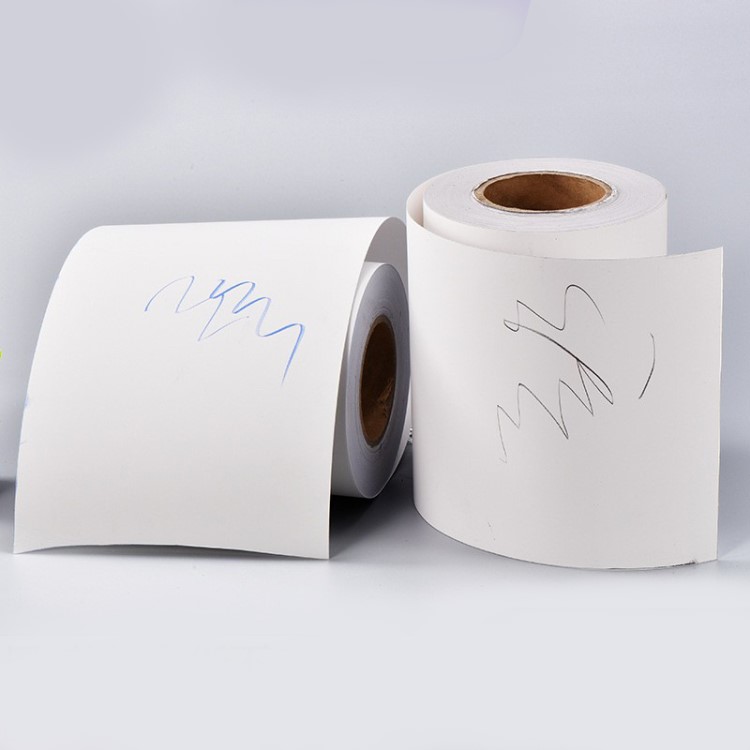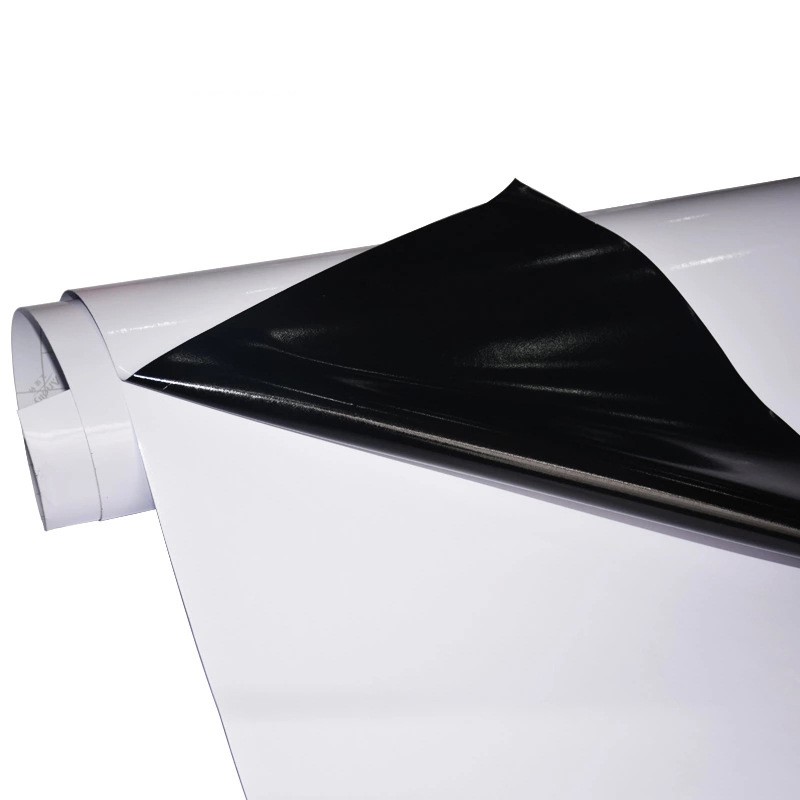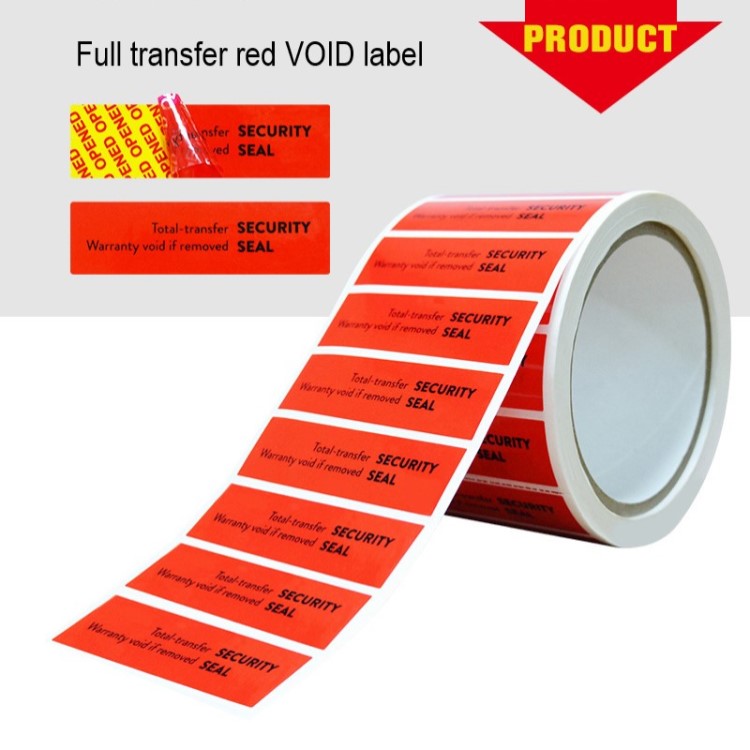The function of sterilization indicator labels
Sterilization indicator labels play a crucial role in various fields such as healthcare, biological experiments, and food processing. Its core role is mainly reflected in the following aspects:
- Intuitive display of sterilization status: The sterilization indicator label can clearly and intuitively display whether the item has undergone the prescribed sterilization process through color changes.. This helps staff quickly assess the safety of items and avoid using unsterilized or incompletely sterilized items
- Ensure sterilization quality: The discoloration of the label is a direct reflection of the sterilization effect. If the label changes color unevenly or does not change color, it indicates that there may be problems with the sterilization process, such as temperature, time, or steam saturation not meeting the requirements. This prompts staff to inspect and improve the sterilization process to ensure sterilization quality
- Recording and Traceability: Some sterilization indicator labels also have the function of recording sterilization information, such as operator, sterilization date, expiration date, etc. This helps establish a traceability system for sterilized items, improving management efficiency and safety
What are the types of sterilization instruction labels?
Sterilization indicator labels can be classified into various types based on their form and function. It mainly includes the following types:
-
Process chemistry indicator card: This type of indicator label is usually used for individual items or packaging to indicate whether the item has undergone sterilization process.. For example, common chemical indicator tapes and labels distinguish sterilized and unsterilized items through color changes
-
Special detection chemical indicator card: This type of indicator label is specifically used for special experimental operations of sterilizers or sterilization standards, such as B-D test strips, to detect the cold air discharge effect and saturated steam penetration effect of pre vacuum sterilizers, as well as air leakage situations.
-
Single parameter chemical indicator card: This type of indicator label focuses on testing a single parameter during the sterilization process, such as a gas concentration indicator card, used to detect whether the concentration of a specific gas (such as hydrogen peroxide) meets the sterilization requirements.
-
Multi parameter chemical indicator card: This type of indicator tag has the detection function of two or more key parameters (such as time, temperature, humidity, gas concentration, steam saturation degree), which can more comprehensively evaluate the sterilization effect.
-
Comprehensive parameter chemical indicator card: This type of indicator label is a type of indicator card specifically designed to act on all parameters within the specified range during each sterilization process. Its set value needs to reach the inactivation value, which can comprehensively evaluate the sterilization quality.

EO ethylene oxide sterilization indicator sticker/card/tape
The principle of EO ethylene oxide sterilization purple to blue indicator label is that it undergoes alkylation reaction with thiol groups (- SH), amino groups (- NH2), hydroxyl groups (- OH), carboxyl groups (- COOH) on protein molecules, as well as amino groups (- NH -) on nucleic acid molecules, causing the protein to lose reactive groups, hindering the normal biochemical reaction and metabolism of the protein and leading to microbial death, thereby achieving sterilization effect.
When using ethylene oxide sterilization gas for sterilization, the temperature, humidity, concentration of sterilization gas, and sterilization time inside the sterilization cabinet are important parameters that affect the sterilization effect. Due to the potential carcinogenicity, mutagenicity, and acute toxicity of ethylene oxide, it is necessary to closely monitor the atmospheric concentration, chamber temperature and humidity, pressure, ethylene oxide gas concentration, and sterilization time during the sterilization process for the safety of personnel. The sterilization effect is usually monitored using biological EO ethylene oxide sterilization indicator labels. The control of sterilizers is somewhat difficult, and the entire sterilization process should be carried out under the supervision of skilled technicians. After sterilization treatment, filtered sterile air should be introduced and undergo a vacuum air circulation process to safely remove residual ethylene oxide.
Suitable for hospitals, pharmaceuticals, food, health products, beverages, hygiene and epidemic prevention, medical equipment manufacturers, and sterilization service institutions to sterilize with ethylene oxide. It is used to indicate whether the sterilization package has undergone ethylene oxide sterilization treatment, and also to test and judge the effectiveness of ethylene oxide sterilization.
We offer comprehensive technical support, including free professional labeling solutions, advice on label materials and adhesive selection, as well as online/offline assistance from professional software and hardware engineers. Service email: andy@ownlikes.cn. In pre-sales, we leverage our extensive experience in specialty labeling projects to provide clients with the most suitable hardware solutions. Additionally, all our label barcode printers and scanners come with a three-year free warranty, demonstrating our confidence in our products.






This site is protected by reCAPTCHA and the Google Privacy Policy and Terms of Service apply.